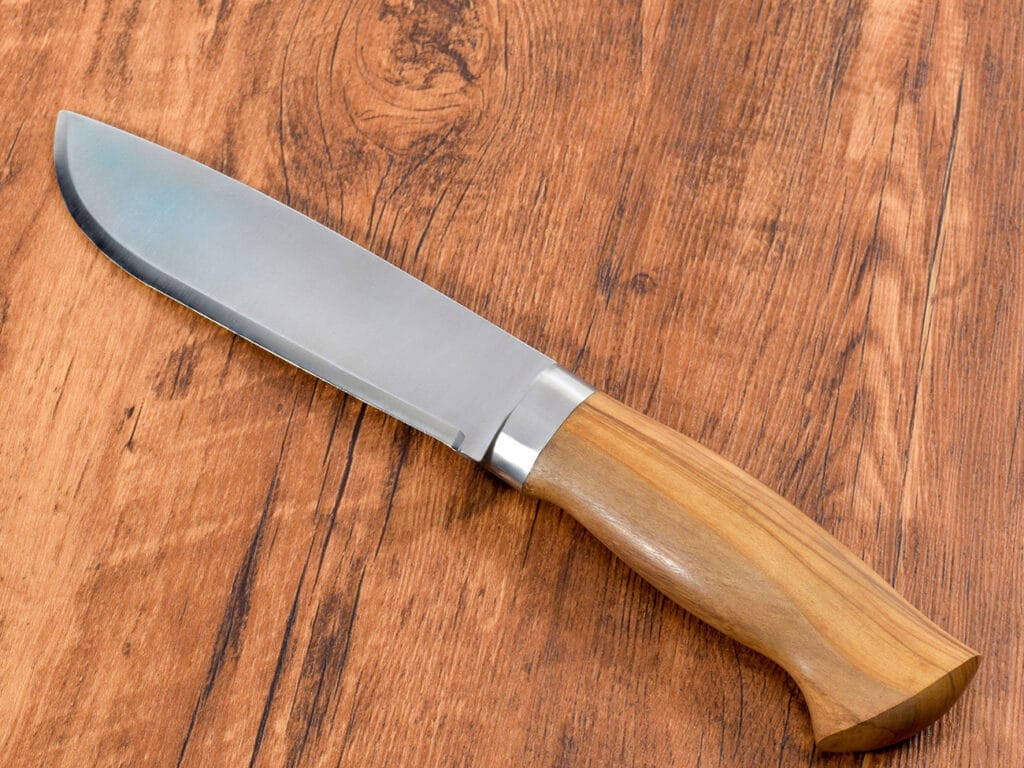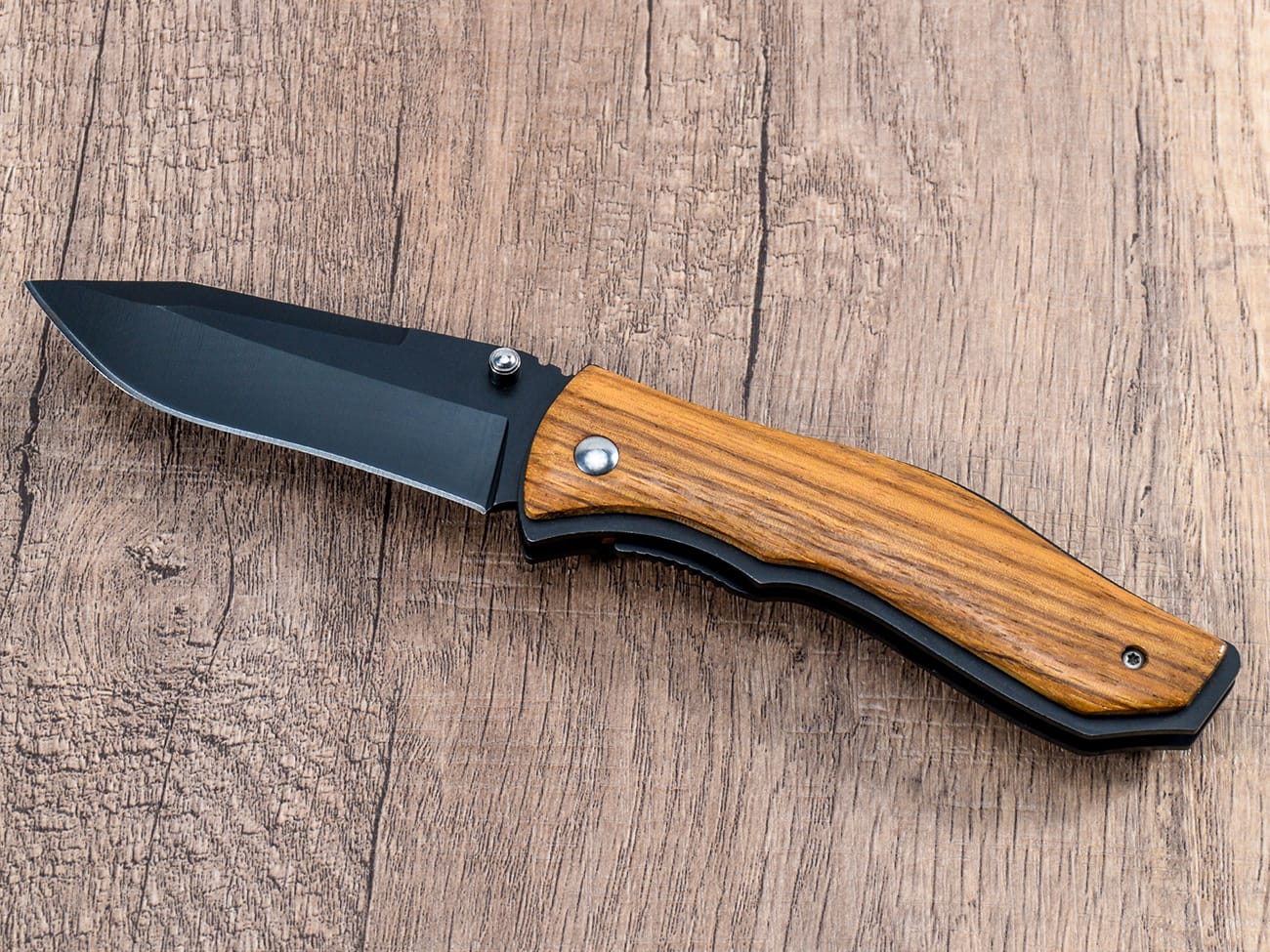When it comes to choosing the perfect hunting knife, understanding the differences between straight and serrated blades is crucial for any outdoor enthusiast. This comprehensive guide will walk you through everything you need to know about these two distinct blade types, their characteristics, and specific uses to help you make an informed decision for your next hunting adventure.
What Are the Basic Differences Between Straight and Serrated Blades?
A straight blade, also known as a plain edge, features a continuous sharp edge from heel to tip. These blades are characterized by their smooth cutting surface and traditional appearance. The design allows for clean, precise cuts and is especially effective for push cuts and slicing motions.On the other hand, a serrated blade features a series of small, saw-like teeth along its edge. These serrations can vary in size and pattern, creating a jagged edge that excels at cutting through tough materials with a sawing motion.
Why Choose a Straight Edge Hunting Knife?
Straight edge blades offer several distinct advantages:
- Superior Control: The continuous edge allows for more precise cuts
- Easier Maintenance: Simpler to sharpen and maintain
- Versatility: Excellent for skinning game and general outdoor tasks
The straight edge is particularly effective for tasks requiring clean cuts, such as preparing game or making precise incisions. These plain edge knives are often preferred by experienced hunters for their reliability and ease of use.[Image: hunting-knife-straight-blade.jpg] A classic straight edge hunting knife with drop point blade design
When Do Serrated Blades Excel?
Serrated knife blades shine in specific situations:
- Cutting through tough materials like rope or leather
- Sawing through woody vegetation
- Handling fibrous materials
The serrated edge creates multiple points of contact, allowing it to grip and cut through challenging materials with less force than a straight blade would require.
Understanding Blade Shapes and Designs
Common blade types include:
- Drop point blade: Excellent for skinning and general use
- Clip point blade: Great for detailed work
- Tanto knife: Ideal for piercing and tactical applications
- Spear point blade: Perfect for hunting and self-defense
How to Choose Between Straight and Serrated for Hunting?
Consider these factors when selecting your hunting knife:
- Primary Use
- Experience Level
- Maintenance Requirements
- Type of Game
The Benefits of Partially Serrated Blades
A partially serrated blade offers the best of both worlds, combining a straight edge section with serrations. This hybrid design provides versatility for various hunting and outdoor tasks.
Maintenance and Care Tips
Proper maintenance varies between blade types:
- Straight edge blades require regular honing
- Serrated edge knives need specialized sharpening tools
- Both types benefit from proper cleaning and storage
Popular Blade Materials and Their Properties
Different blade materials affect performance:
- High-carbon steel
- Stainless steel
- Damascus steel
- Modern composites
Specialized Applications and Tasks
Different blades excel at specific tasks:
- Straight blade: Skinning, filleting, precise cuts
- Serrated blade: Rope cutting, brush clearing
- Combo edges: All-around versatility
Safety Considerations and Best Practices
Important safety tips:
- Proper handling techniques
- Storage recommendations
- Maintenance procedures

Key Takeaways:
• Straight blades offer precision and easy maintenance • Serrated edges excel at cutting tough materials • Consider your specific needs when choosing • Regular maintenance is crucial for both types • Safety should always be the top priority[Internal Links from pocketknife.json to be inserted here]Remember, the best knife is the one that suits your specific needs and skill level. Whether you choose a straight edge, serrated blade, or combination design, proper care and handling will ensure your knife serves you well for years to come.




